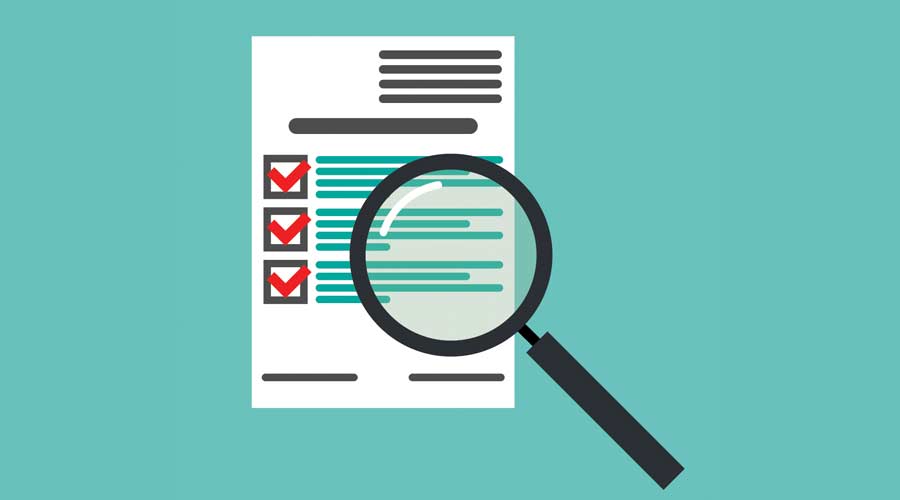
Controlling the complicated web of HAI vectors requires a variety of strategies, but the most powerful might be good, old fashioned hand hygiene. A 2022 report from the World Health Organization shows that when stringent hand hygiene and other cost-effective practices are followed, 70 percent of HAIs can be prevented.
Routine cleaning and disinfecting of surfaces and touchpoints are another important infection control tactic that may have fallen a bit to the wayside during the pandemic.
“Routine cleaning and disinfecting have always been a priority for hospitals and healthcare facilities,” insists Shari Solomon, president, CleanHealth Environmental LLC, Silver Spring, Maryland. “But when reports emerged suggesting COVID-19 was not easily transmitted by surface contamination, some of that focus and energy shifted to other prevention methods.”
Despite a possible momentary lapse in focus, environmental services teams in healthcare settings know that cleaning and disinfecting common touchpoints will go a long way in preventing the spread of viruses and various bacteria, ultimately minimizing the potential for HAIs. Meanwhile, proper use of personal protective equipment (PPE) also helps control and prevent infections.
“People made good strides in properly using PPE during the pandemic, once they could find any,” recalls Trinks. Now that PPE is readily available, Trinks points to a new hurdle hospitals face. “Used PPE is considered a hazardous material and must be disposed of it in an EPA-registered facility. That costs more money.”
With much of the onus in preventing the spread of viruses and bacteria falling to the EVS team, many are shifting to disposable equipment to help control HAIs. On the medical side, this means choosing disposable devices that don’t have to be cleaned and sterilized.
“Studies show that healthcare equipment is a source of HAIs, and research indicates that up to one-third of all HAIs may be prevented by adequate equipment cleaning,” reports Strauthers. “Medical Design Brief suggests that using disposable medical devices lowers costs, increases efficiency, reduces the spread of infection, and removes the complexity and risk associated with reprocessing.”
For the EVS team, moving to disposables means trading rags and mops for disposable wipes and microfiber.
“Literature shows that disposable wipes are more costly but are very effective when used for cleaning and disinfecting,” says Gerba, adding that “disposable microfiber mops are terrific.”
Even so, protocols must be followed, or the disinfecting benefit disappears. That means using one wipe per surface and not stretching the microfiber mop beyond its limits. Cleaning managers might see dollar signs when considering the cost of product and this change-out frequency, but experts agree that product costs don’t even come close to the fees healthcare facilities can incur for each HAI.
In addition to tried-and-true products and equipment, there were a number of new devices that emerged during the pandemic to help combat infection. Some of these came with bold promises, but Solomon warns to take these claims with a grain of salt.
“So many ideas came out of the woodwork during COVID, but it will take time to shake them out,” she says.
Dr. Gerba agrees, urging facility cleaning managers to conduct research and dig into product/equipment claims and emerging technologies prior to making purchasing decisions or process changes.
Whether using traditional products or new technologies, Solomon points to the value of using tools to validate cleaning. She reports that the Clean Collaborative Initiative with the Maryland Patient Safety Center, a Patient Safety Organization, combined strategies like peer-to-peer networking, site assessments, and providing up-to-date knowledge and insights on pertinent cleaning regulations, technologies, policies, and products with validating results with ATP meters. The team also provided one-on-one coaching to participating facilities.
Findings were encouraging with most participating facilities reporting decreased incidence of HAIs and emergency department visits.
Even with the most advanced tools and techniques, the backbone of HAI prevention is the hospital’s EVS team.
“They are a major line of defense and are saving lives,” insists Dr. Gerba. “Cleaning teams are just as important as the physicians.”
Reinforcing this message with proper training and weekly huddles may go a long way in attracting and retaining these valuable employees during a time of high turnover and persistent labor shortages.
Amy Milshtein is a freelancer based in Portland, Oregon. She is a frequent contributor to Facility Cleaning Decisions.
How Cleaning Crews Can Mitigate HAIs

 Celebrating BSCAI's 60th Anniversary eBook
Celebrating BSCAI's 60th Anniversary eBook The Down and Dirty on Cleaning in Virus Season
The Down and Dirty on Cleaning in Virus Season How Surfactant Use is Expanding in Commercial Cleaning
How Surfactant Use is Expanding in Commercial Cleaning